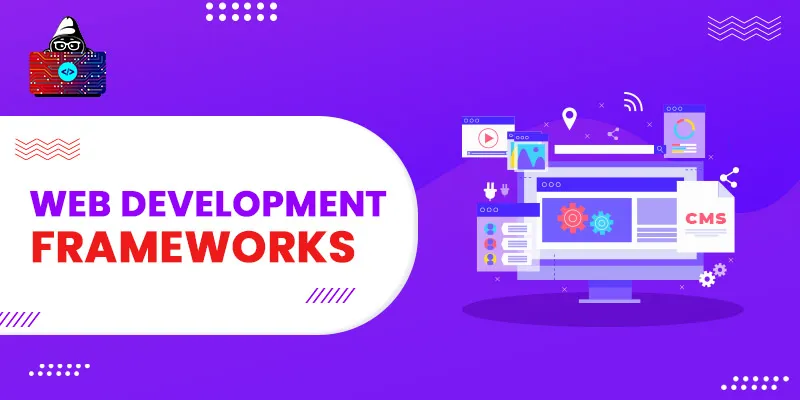Framework Comparisons: Choosing the Right Python Web Framework for Your Project
Klaus Kinski once said, “You don’t need a framework. You need a painting, not a frame.” On the other hand, a framework frequently offers the organization and resources required for web developers to effectively build reliable applications.
Flask: The Microframework
Flask, a self-proclaimed microframework, is known for its simplicity and flexibility. It provides the basics and allows developers to add third-party packages as needed. Let’s look at how Flask defines web routing with a simple example.
Example 1: Flask Path
from flask import Flask, jsonify
app = Flask(__name__)
@app.route(“/hi/<who>”, methods=[“GET”])
def greet(who):
return jsonify(f”Hello? {who}?”)
Flask’s route definition uses decorators and supports the creation of RESTful APIs with ease.
FastAPI: The New Contender
FastAPI is gaining popularity rapidly, offering a modern approach to web development with automatic OpenAPI and JSON Schema documentation. Let’s compare how FastAPI defines routes using a similar example.
Example 2: FastAPI Path
from fastapi import FastAPI
app = FastAPI()
@app.get(“/hi/{who}”)
def greet(who: str):
return f”Hello? {who}?”
FastAPI employs decorators similar to Flask, but it automatically converts responses to JSON.
Django: The Full-Stack Framework
Django, known for its “batteries-included” philosophy, is a robust full-stack framework suitable for large-scale applications. Let’s briefly look at Django’s approach to defining routes.
Example 3: Django Path
from django.urls import path
from . import views
urlpatterns = [
path(‘hi/<str:who>/’, views.greet),
]
Django prefers a centralized URL configuration, which may be beneficial for large projects.
Routing Comparisons
Path Parameters
Both Flask and FastAPI support path parameters, as shown in the examples above. In Flask, parameters are enclosed with < and >, while FastAPI uses curly braces {}.
Query Parameters
Handling query parameters is essential for many applications. Here’s how Flask and FastAPI approach this:
Example 4: FastAPI Query Parameter
from fastapi import FastAPI
app = FastAPI()
@app.get(“/hi”)
def greet(who: str):
return f”Hello? {who}?”
Example 5: Flask Query Parameter
from flask import Flask, request, jsonify
app = Flask(__name__)
@app.route(“/hi”, methods=[“GET”])
def greet():
who: str = request.args.get(“who”)
return jsonify(f”Hello? {who}?”)
While FastAPI integrates query parameters directly into the function signature, Flask relies on the request object.
Request Body
Handling request bodies, often in JSON format, is crucial for many web applications. Let’s compare FastAPI and Flask in this regard:
Example 6: FastAPI Request Body
from fastapi import FastAPI
app = FastAPI()
@app.get(“/hi”)
def greet(who: str):
return f”Hello? {who}?”
Example 7: Flask Request Body
from flask import Flask, request, jsonify
app = Flask(__name__)
@app.route(“/hi”, methods=[“GET”])
def greet():
who: str = request.json[“who”]
return jsonify(f”Hello? {who}?”)
FastAPI simplifies request body handling by directly including it in the function parameters, while Flask requires accessing the request object.
Request Header
Handling request headers is another aspect of web development. Here’s how FastAPI and Flask compare:
Example 8: FastAPI Request Header
from fastapi import FastAPI, Header
app = FastAPI()
@app.get(“/hi”)
def greet(who: str = Header()):
return f”Hello? {who}?”
Example 9: Flask Request Header
from flask import Flask, request, jsonify
app = Flask(__name__)
@app.route(“/hi”, methods=[“GET”])
def greet():
who: str = request.headers.get(“who”)
return jsonify(f”Hello? {who}?”)
FastAPI again streamlines header handling by including it directly in the function parameters, while Flask relies on the request object.
Choosing the right web framework depends on your project’s requirements and your development preferences. For API-based services, FastAPI stands out with its modern features and excellent performance. Flask, known for its simplicity, and Django, with its extensive capabilities, remain solid choices for different use cases.
We can help you choose the right framework for your project….(add link)
